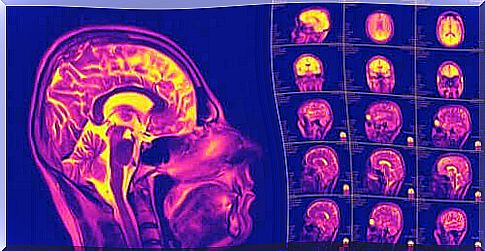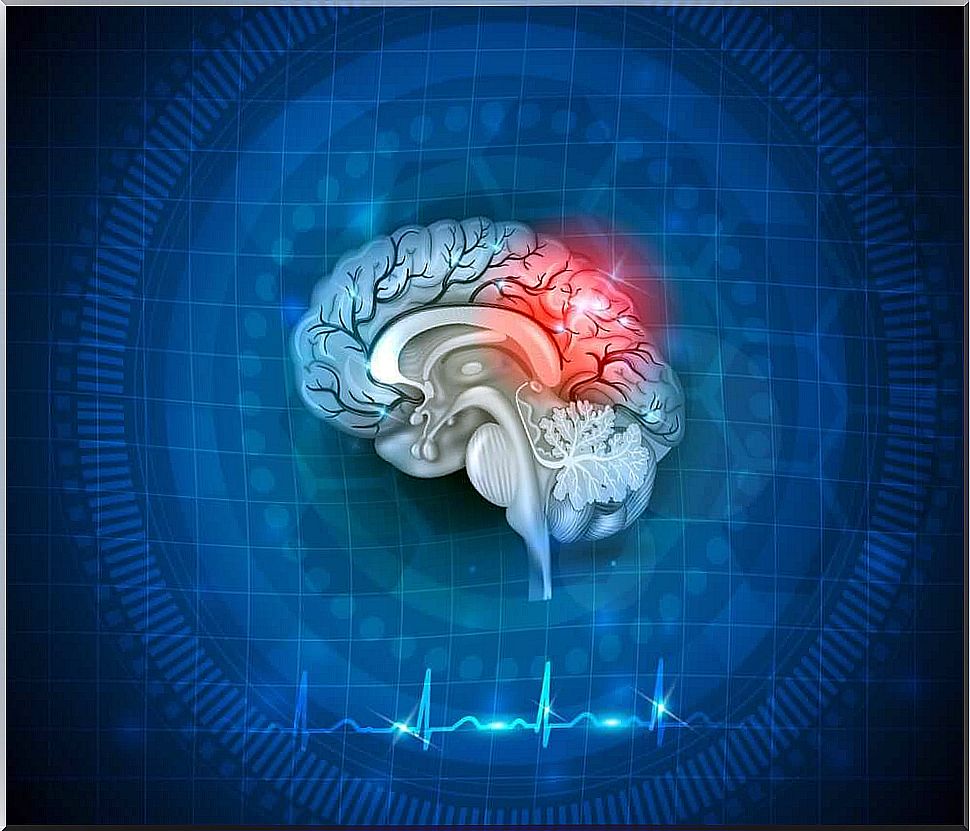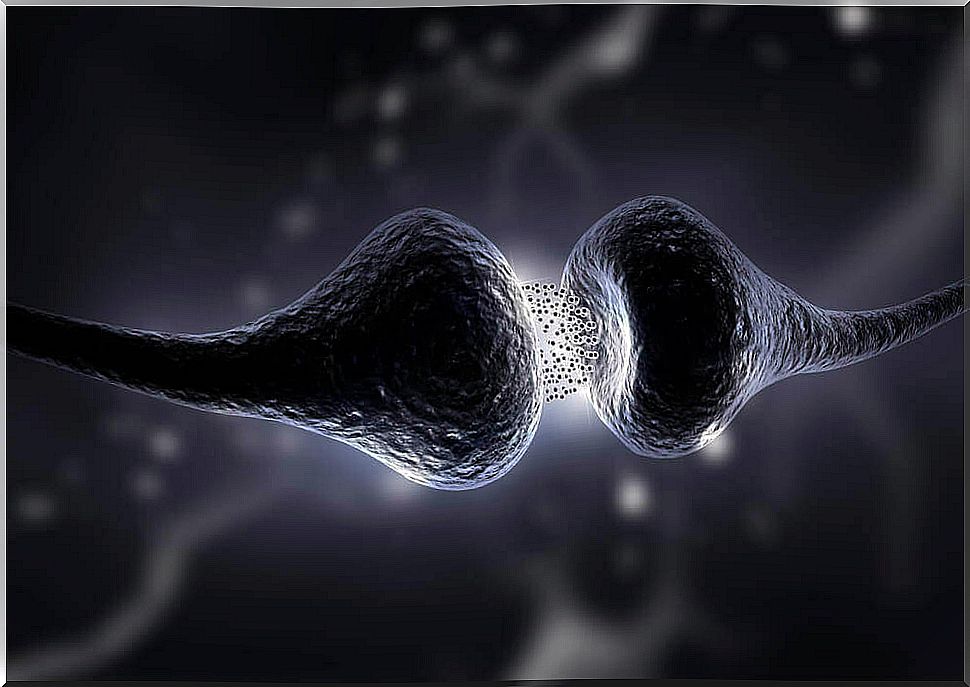What Is Neuroplasticity?
Neuroplasticity is proposed as a therapeutic goal to treat brain damage and recover functionality.

Neuroplasticity, also known as brain plasticity, is one of the most important discoveries in the human body in recent decades. It consists of the capacity of our brain to change and adapt in response to new behaviors or experiences.
Until relatively recently, it was thought that neural circuits were created and changed only during childhood. In other words, we believed that it was impossible for us to modify these connections or to create new ones based on experiences or learning during our adult life.
However, scientists have found that neurons in the brain have the ability to regenerate. Indeed, not only anatomically, but also by establishing new connections.
This concept is neuroplasticity. Although it may seem simple, it is a fact that allows our brain to recover from certain injuries or disorders. Therefore, in this article, we tell you more about neuroplasticity and its importance.
What is neuroplasticity?
It was once believed that nerve tissue could only change during the early stages of our life. This then meant that it was impossible to recover from any damage to the brain. However, it has been shown in recent years that this is not the case.
Neuroplasticity is the ability of our neurons to regenerate, both anatomically and functionally. This is a process that involves many biochemical and metabolic reactions. But that supposes a powerful potential for adaptation.
Indeed, it is how our nervous system is able to form new connections in response to new stimuli, information, or even damage to old connections.
This topic started to come up in the 1960s. A number of cases have been observed in adults who have had cardiovascular events. What happened was that long after the injury, they seemed to be recovering.
Various imaging and stimulation tests were undertaken and were able to reveal the existence of neuroplasticity. Currently, all the mechanisms involved in this process are still under study.

How does neuroplasticity work?
The synapse is the area where neurons communicate with each other. At birth, the number of synapses of neurons in the cerebral cortex is limited. It is estimated to have around 2,500 synapses. However, as the years go by, that number increases almost to 10,000 synapses per neuron.
This happens because, as we grow older, we experience and learn different behaviors. All of this then leads to the creation of new neural connections and their strengthening. However, it also means that those that are not used get wiped out or die.
The process of neuroplasticity stimulates the creation or regeneration of more synapses throughout life. It happens through various molecular and chemical mechanisms.
Therefore, each time we gain new knowledge, the synapses are strengthened or increased. On the other hand, the most important mechanisms by which neuroplasticity works are:
- The excitability of the neuron is recovered: thanks to processes in which the balance between the ions internal and external to the neurons is restored
- Parts of the neuron that were damaged regenerate, especially the axon
- Recruitment of circuits that were not active
The chemical and molecular reactions that enable neuroplasticity are complex. The end result is an increase in the number and interconnection of neurons.

How important is brain plasticity?
The interest of neuroplasticity is mainly therapeutic. By demonstrating the existence of this process, it was discovered that many brain injuries were treatable. Thus, by creating new neural connections, it is possible to restore some damaged functions.
For example, its application in injuries of traumatic origin is being studied. But there are other diseases that could improve with neuroplasticity:
- Obsessive-compulsive disorder
- Certain types of schizophrenia
- Attention deficit hyperactivity disorder
The ideal is to encourage research on this subject. Since this is certainly a new therapeutic horizon that will improve many diseases.









